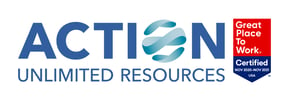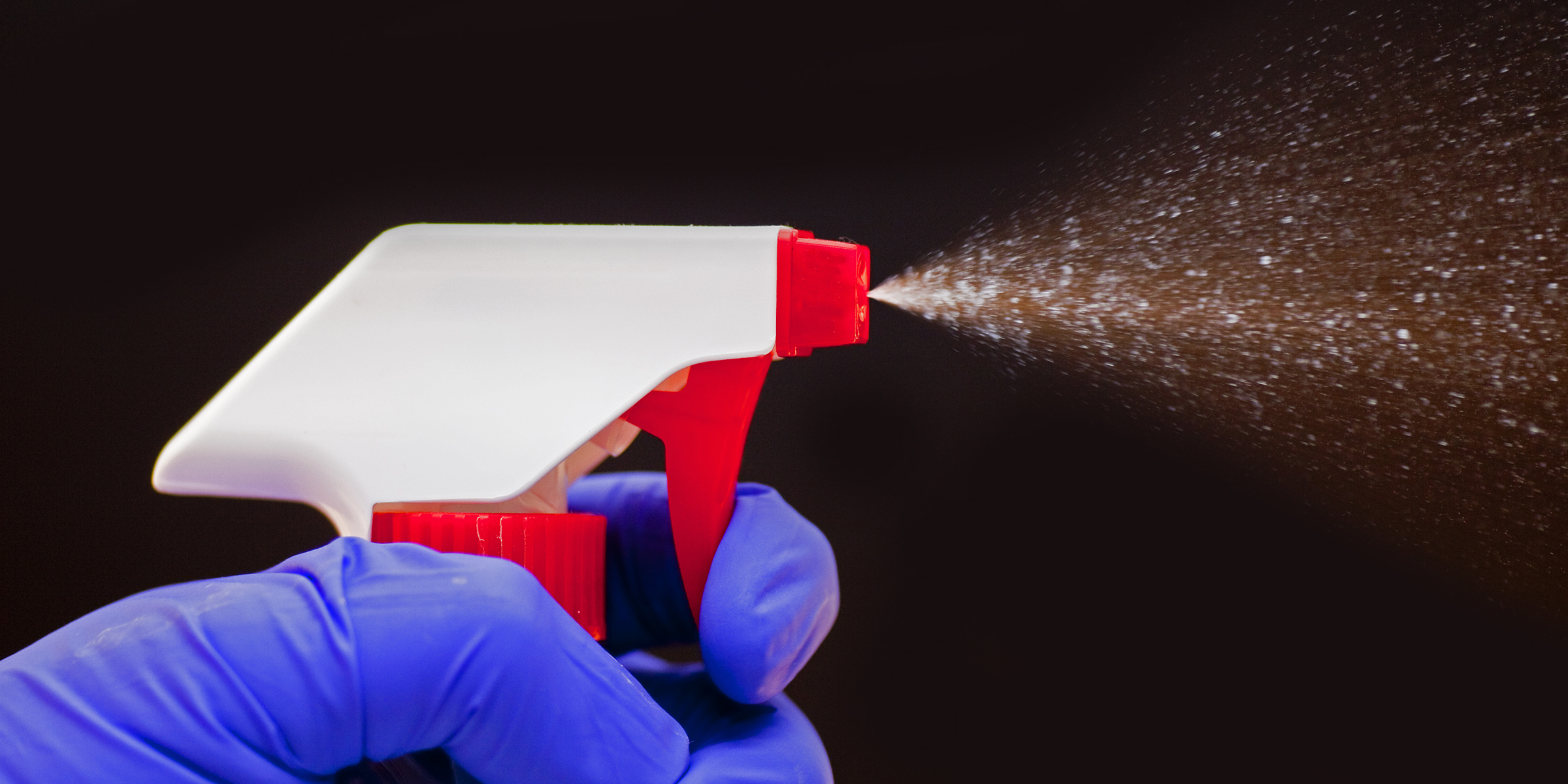Action Unlimited Resources values the relationships with our customers and understands there is a lot of information and sadly some misinformation concerning the coronavirus. Recently our Sales and Management Teams at Action Unlimited attended a coronavirus Webinar informing us on the current prevention preparedness of the virus for various social settings.
According to the CDC’s website, “2019 Novel coronavirus (2019-nCoV) is a virus (more specifically, a coronavirus) identified as the cause of an outbreak of respiratory illness first detected in Wuhan, China. It has been reported the patients involved in the Wuhan Province, are linked to seafood and animal market, suggesting animal-to-person transmission.
However, there are patients with no exposure to animal markets, indicating person-to-person transmission is also occurring. Presently, it’s unclear how easily or the sustainability of the virus is transmitted within the community. Reference CDC’s web page 2019 Novel coronavirus, Wuhan, China”.
How are coronaviruses spread?
The most common transmissions of all coronaviruses are:
- Airborne (sneeze, cough, laugh, sing etc..).
- Close contact with an infected person (shaking hands, etc.).
- Contacting a contaminated surface and then rubbing your eyes, ears, nose, or mouth
What guidance does the CDC give on preventing the spread of coronavirus?
Hand Hygiene
Since coronavirus infections are primarily spread through person-to person contact, hand hygiene is a primary part of preventing transmission. Facilities should ensure that healthcare personnel are familiar with proper hand hygiene technique as well as its rationale.
Printable Hand Washing Procedure Chart
- Wash hands with Lotion soap and water
- Agitate soap to create lather for at least 20 seconds
- This will remove most contact dermatitis
- Rinse with potable water
- Dry hands thoroughly with a clean towel
- Avoid touching environmental surfaces
- Avoid touching your nose, eyes ears, mouth
Environmental Cleaning
- Microbial laced surfaces can serve as reservoirs of potential pathogens
- The transfer of microbes from environmental surfaces to patients is common via hand contact with a surface.
- Hand hygiene is paramount to minimizing the impact of this transfer
- Cleaning then disinfecting environmental surfaces is fundamental in reducing the spread of viruses.
Here is a quick guide to help you with cleaning:
- Clean with an oxidizer which leaves no residue. Use a microfiber cloth for complete removal of soil and microbial activity using the 1/4 fold method
- Disinfect with a non-toxic EPA registered product which has a kill claim of 99.9% against enveloped viruses
- Click here for 6 ways to break the chain of infection
- For full preparedness of coronavirus contact us for the information
It is our hope this information brings value and awareness to our current community challenge, which is to prevent the coronavirus infecting our community.



Enjoy this blog? Leave a comment or ask a question!